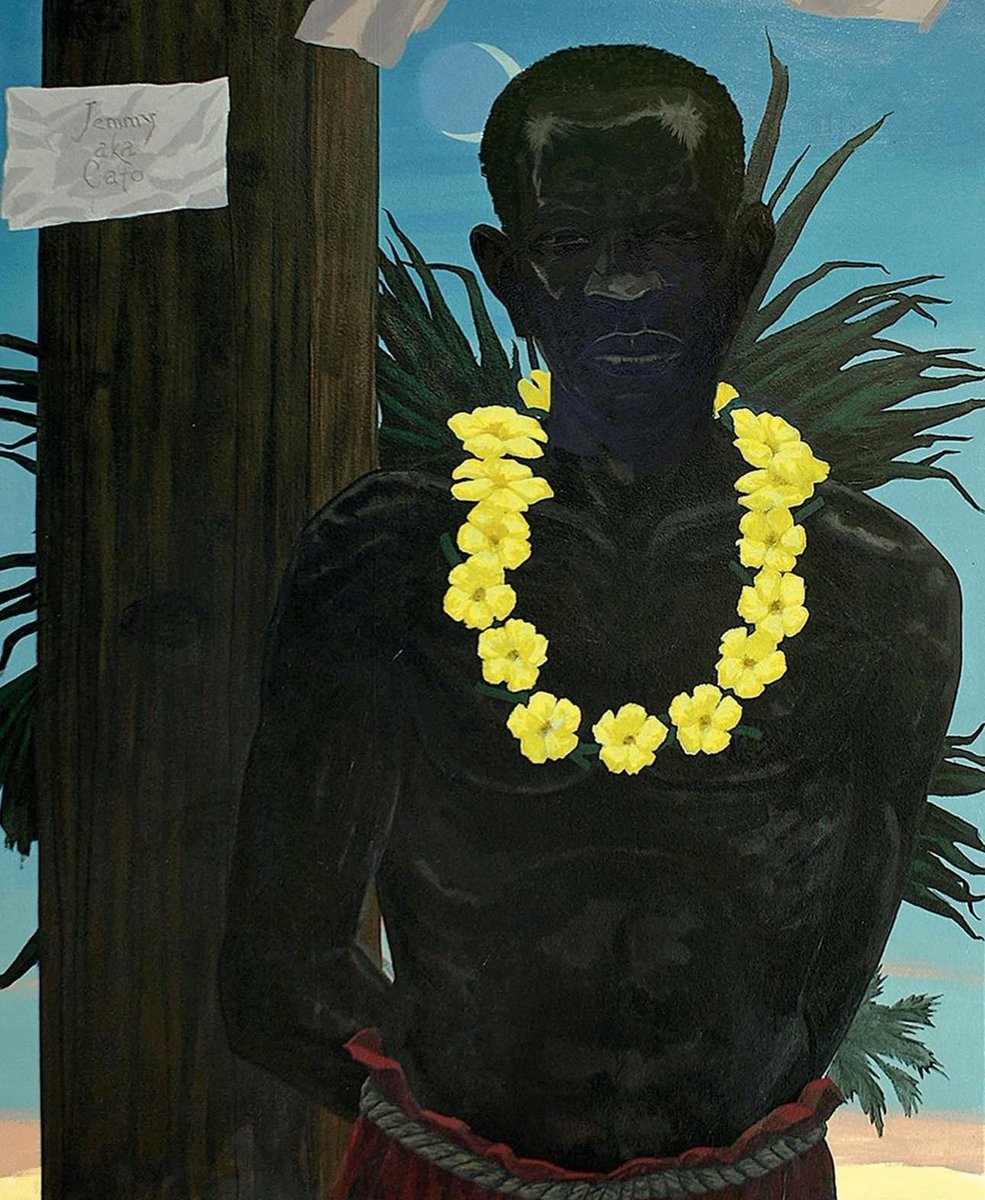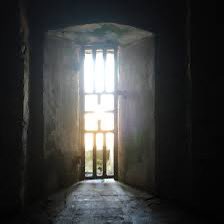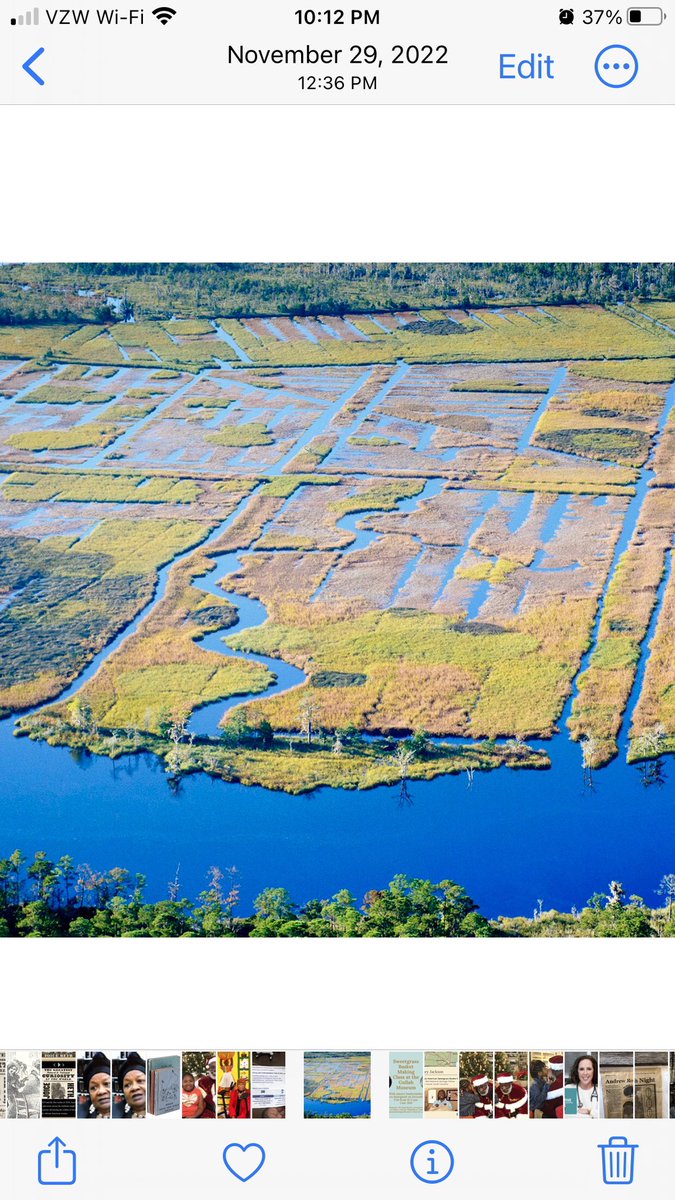There is a strong herbal knowledge among the Gullah Geechee people. In “Hoodoo Medicine: Gullah Herbal Remedies,” medical anthropologist @FaithMitch2020, PhD, gives us a window into Gullah Geechee traditions. 

The book captures folk practices that lasted longer among the Gullah Geechees of coastal South Carolina than elsewhere, but were once widespread throughout African-American communities of the South. Like what to do with the leaves on the left side of the photo.
Now considered nothing but a weed, broadleaf plantain as the plant is called has long been used as a medicinal herb. Also known as white man's foot, or greater plantain, it is a species of flowering plant that was brought to the New World by Europeans.
In her book Vibration Cooking, Vertamae Smat-Grosvenor writes of Gullah Geechees using the broadleaf plantain leaf as a poultice good for treating skin infections.
Plantain leaf is approved in Germany by the Commission E as topical use for skin inflammations. Commission E is an official government agency that performs a job similar to that of the U.S. Food and Drug Administration (FDA), only it's specifically focused on herbs.
The @SmithsonianMag interviewed @FaithMitch2020 about her book in 2011. smithsonianmag.com/smithsonian-in…
• • •
Missing some Tweet in this thread? You can try to
force a refresh










